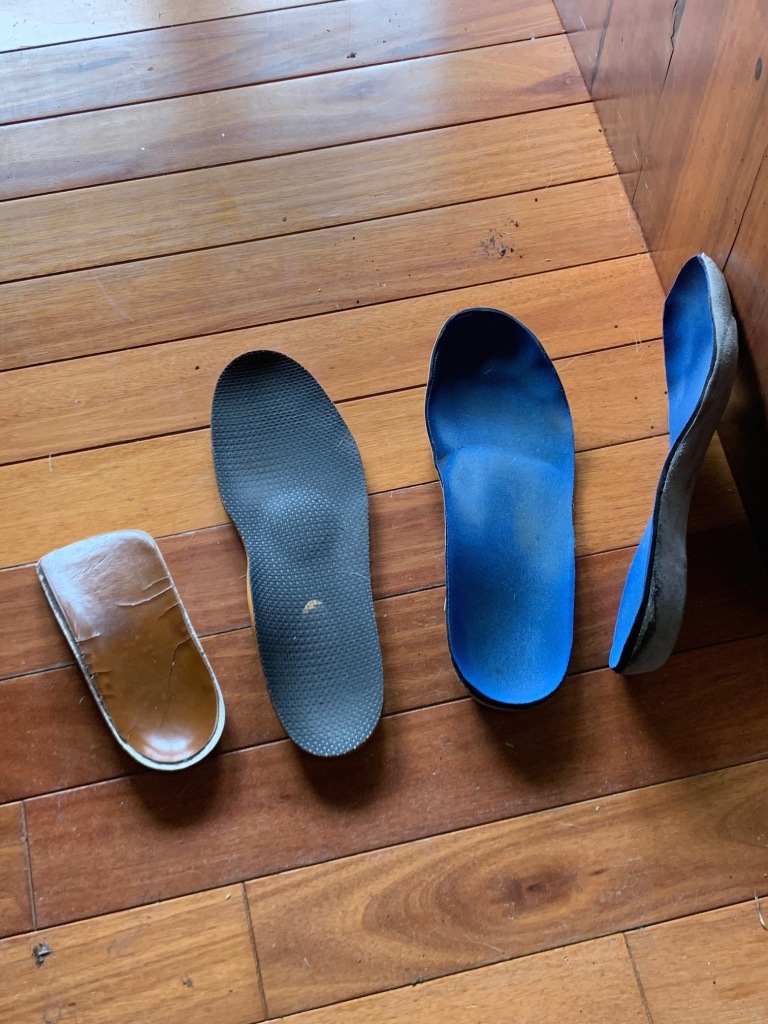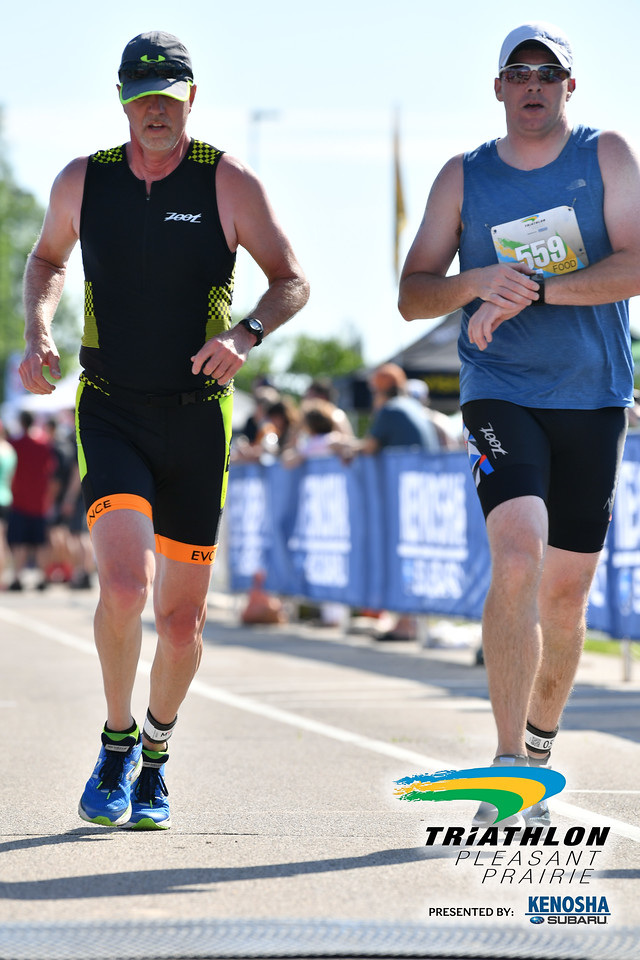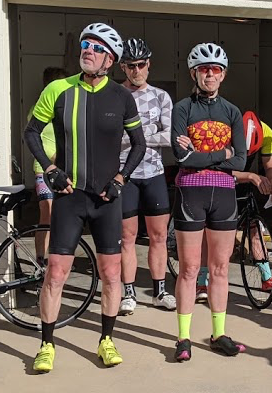
I’ve worn orthotics in my running shoes for a long time. Probably twenty-five years. The first pair was prescribed by a podiatrist with whom I had a working relationship as a graphic designer and produced the cover and illustrations for book about running biomechanics.
But for the first ten years that I knew the guy, there was no need for orthotics in my running life. Then my left knee started to ache with a condition known as chondromalacia, the wearing down of the cartilage under the kneecap. In my case the soreness was caused by rotational stress that was pulling the patella out of alignment resulting in the groove under the knee bone to wear and get inflamed.
It hurt like hell, so the podiatrist fitted me with orthotics and my knee got better. Years later I tore my ACL playing soccer and did some physical therapy that cured the weakness in my knee that probably led to the problems with the kneecap in the first place. But I’ve not been religious about doing those exercises and so the need for orthotics continues to this day.

Some of this is age, and some of it is weakness. But ten years ago I visited a pedorthist and got some sturdy orthotics that are heavy as heck. They work, but running is relatively clunky compared to the light-footed years in which I wore no orthotics and enjoyed the delights of featherweight racing shoes.
Late last year I noticed a digital podiatry machine at Dick Pond Athletics, the regional shoe store where I buy most of my running stuff. I asked the staff what it did, because I’d seen similar Dr. Scholl machines at drug stores and wondered if they worked. But what really intrigued me was the idea that the prescription wrought from standing on the machine could be used to print 3-D orthotics. They showed me a sample.
Those printed orthotics would cost $165 and I was cool with that and curious about what 3-D printed orthotics would feel like. But the staff person at Dick Pond convinced me to try out a set of orthotics that applied to the specific set of problems and imbalances the machine identified in my feet. “You might not need anything more,” she suggested.
I’ve worn those orthotics around in my regular shoes for months now. They work for day-to-day walking. I’ve also done short runs in them but remained skeptical whether they offered enough general support to keep my knees from hurting or my calves from tightening up.
In some respects that suggests I am addicted to the orthotics I already own. Breaking a habit that has basically worked to protect my legs is not that easy. But when we traveled to Tucson for a triathlon training trip I inadvertently left the “big” orthotics at home. All I had were the “light” orthotics from Dick Pond.

After our first thirty-mile ride a small group of us went out for a run. I slipped the light orthotics into my Brooks Glycerin running shoes and ran along fine. Three miles later I was both relieved and elated at how well those orthotics worked.
So this past Sunday morning I took them for a longer run, a seven-miler up and back on the Fox River Trail. And other than a sharp tweak in my calf at one point as I picked up the pace to 8:00 per mile, I was able to run all seven miles and it felt great.
For one thing, my feel feel lighter. I don’t have a scale to measure the weight difference between the big old orthotics I’ve been using and the sleeker shoe insert, but it might be a pound or so per foot. Over the length of seven miles, that adds up.
So I’m grateful I took the risk and grateful the Dick Pond gal encouraged me to give it all a try. It’s an experiment that seems to be working, and if you have an opportunity to have your feet tested like that, the outcomes are fascinating to see.
